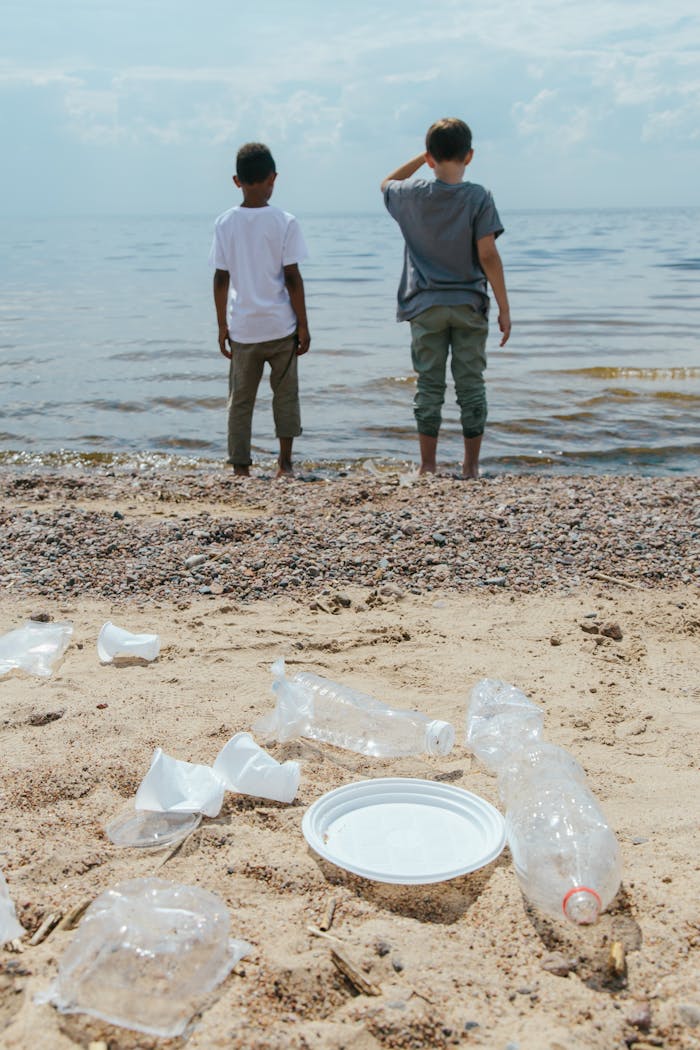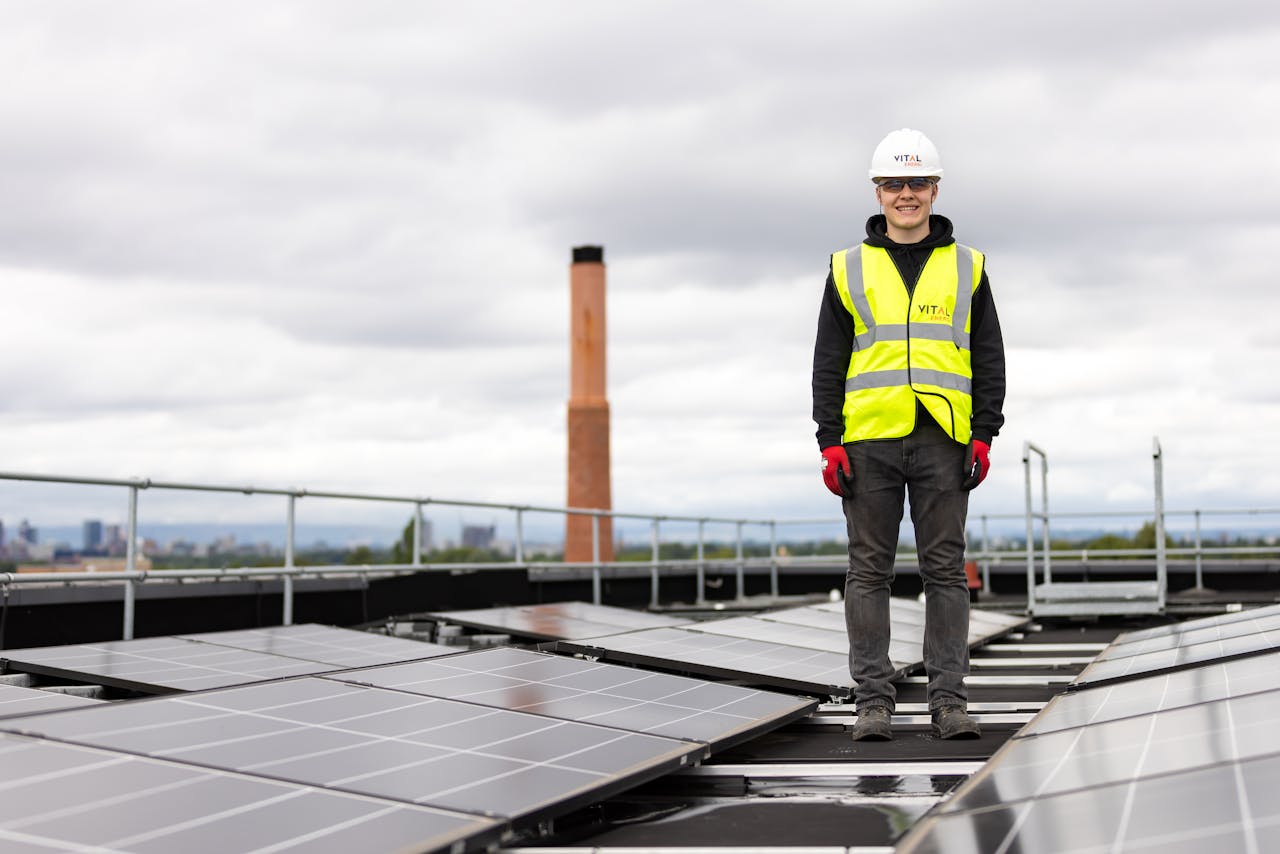Pollution is often considered one of the biggest threats to both the environment and human health in the modern world. Its effects reach far beyond what we can see, impacting ecosystems, wildlife, climate, and public health. Whether it’s the air we breathe, the water we drink, or the land we live on, pollution infiltrates every part of our lives. Understanding its full impact is crucial to fostering a healthier and more sustainable future.
Types of Pollution
Pollution comes in many forms, but the most common types include:
- Air Pollution: The release of harmful gases, chemicals, and particulate matter into the atmosphere, mainly from vehicles, factories, and agriculture.
- Water Pollution: Contamination of water bodies like rivers, lakes, and oceans through chemicals, industrial waste, plastics, and sewage.
- Soil Pollution: The degradation of land caused by hazardous chemicals, agricultural waste, and industrial processes.
- Noise Pollution: Harmful or excessive levels of noise, primarily from urban environments, industries, and transportation systems.
- Plastic Pollution: The accumulation of plastic waste in landfills, oceans, and ecosystems that take hundreds of years to degrade.
Each type of pollution is interconnected and amplifies the others, creating a cycle of environmental degradation that is difficult to break.
Impact on Human Health
One of the most immediate and dangerous effects of pollution is its impact on human health. Air pollution, in particular, has been linked to respiratory diseases such as asthma, bronchitis, and even lung cancer. Fine particulate matter (PM2.5) from industrial emissions, vehicle exhaust, and burning fossil fuels can penetrate deep into the lungs and bloodstream, leading to cardiovascular issues and premature death.
According to the World Health Organization (WHO), air pollution is responsible for around 7 million premature deaths each year. Long-term exposure to polluted air can cause chronic health issues like stroke, heart disease, and lung cancer, while children exposed to polluted environments are more likely to develop developmental disorders and respiratory conditions.
Water pollution is another significant health hazard. Contaminated water supplies can lead to outbreaks of waterborne diseases such as cholera, diarrhea, and dysentery. Industrial pollutants, heavy metals, and agricultural runoff containing pesticides and fertilizers poison water sources, leaving populations without access to clean drinking water.
Furthermore, soil pollution, which often goes unnoticed, can result in contaminated crops. Consuming food grown in polluted soils can introduce toxins like lead, cadmium, and mercury into the human body, causing neurological damage, kidney failure, and developmental problems in children.
Environmental Consequences
The environment bears the brunt of pollution’s relentless assault. Air pollution contributes to climate change by increasing the concentration of greenhouse gases like carbon dioxide (CO2), methane (CH4), and nitrous oxide (N2O) in the atmosphere. These gases trap heat, leading to global warming, which results in rising sea levels, more extreme weather events, and disruption of ecosystems.
Water pollution has devastating effects on marine life and ecosystems. Plastics and chemical pollutants kill millions of marine animals every year, from birds and fish to larger mammals like whales and dolphins. Dead zones—areas of water so oxygen-deprived that marine life cannot survive—are becoming more common due to excessive nutrient pollution from agricultural runoff.
Soil pollution depletes the earth of its natural fertility, making it harder to grow crops. This not only leads to food insecurity but also disrupts ecosystems by destroying the habitats of insects, birds, and animals that rely on healthy soils for survival.
Economic Impact
Pollution’s economic cost is enormous. The health effects alone result in billions of dollars spent on medical treatments, lost productivity, and premature deaths. Air pollution, for instance, costs the global economy an estimated $2.9 trillion annually in health care expenses and lost labor productivity.
Environmental degradation due to pollution also affects industries such as agriculture, tourism, and fishing. Polluted waters and lands reduce crop yields, contaminate fish stocks, and deter tourists from visiting once-pristine natural sites. The cost of cleaning up polluted environments, whether through water purification, soil remediation, or air filtration systems, adds an additional burden to economies.
What Can Be Done?
Addressing pollution requires both individual and collective action. Governments must enforce stricter regulations on emissions, industrial waste, and plastic production. Transitioning to renewable energy sources like solar and wind can significantly reduce air pollution, while better waste management and recycling systems can help tackle the problem of plastic and land pollution.
On an individual level, small changes in our daily habits can make a big difference. Reducing single-use plastics, conserving water, using public transport, and supporting sustainable products are steps we can all take toward minimizing our personal impact on the planet.
Conclusion
Pollution is an invisible enemy with visible consequences, threatening human health, ecosystems, and economies. As the world continues to industrialize and urbanize, the fight against pollution becomes more urgent. By taking action at all levels—government, industry, and individual—we can mitigate the effects of pollution and pave the way for a cleaner, healthier future.


